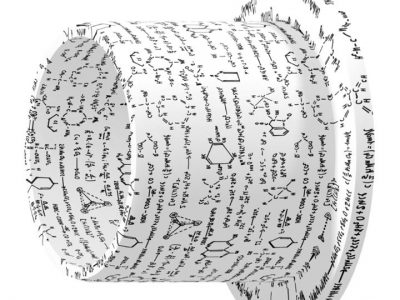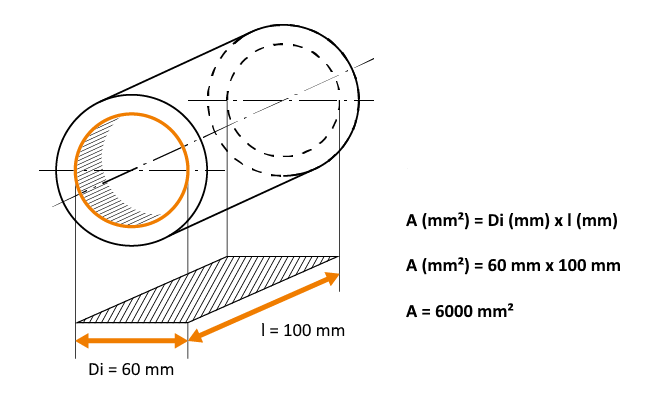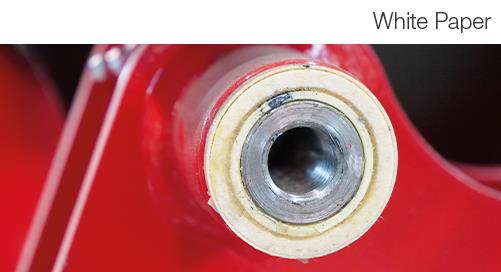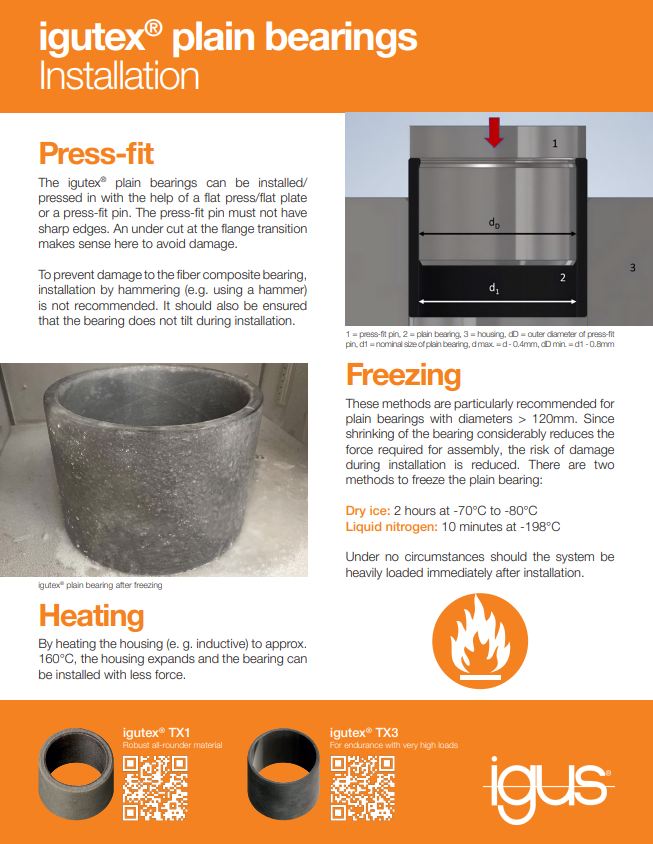
One of the most important factors when determining which is the best
plain bearing for your application is surface pressure. Without knowing this, you can only roughly estimate which plain bearing may be optimal. Within the manufacturer’s literature and the technical documentation, we see the term "surface pressure" used throughout, but what is it really? And, how does it work? In this post, I will show you how you can quickly and easily calculate the surface pressure for your bearing in everyday life.
In the beginning there is no pressure, only the surface!
The term “surface pressure” actually says it all; however, the variable factor is the area. The total load on the
bearings is often reduced to smaller loads. Let’s say that this bearing needs to be able to withstand 5 tons—how much space does this load actually spread over? Think about how snowshoes function, or ATVs. Both ATVs and snowshoes use a relatively large area to distribute the users weight on loose or muddy ground. Neither the hiker, nor the vehicle, sink deep into the ground because the weight is distributed. The situation is similar with plain bearings.
In order to carry out the surface area calculation, or more precisely, the calculation of the load-bearing portion of the area—of a plain bearing—we use the following equation.

How to calculate the load share of a cylindrical plain bearing (source: igus SE & Co. KG)
A (mm²) = inside diameter (mm) x bearing length (mm)
The final result provides you with the inner cross-section of the
plain bearing and the simplified load share—it does not correspond to the exact inner surface of the plain bearing. Of course, the cylindrical shape would actually make it larger. In fact, not every section within the bearing carries the same load. Therefore, both forms of calculation are only an approximation, and the simple calculation that uses the bearing length and diameter is ultimately the more practical and precise one. With plastic plain bearings, it is especially important that the load is distributed over as large of an area as possible, since its compressive strength is lower than that of steel.
What else do we need to calculate the surface pressure? The squeeze!
We now know half of what we need to calculate the surface pressure. The unit for surface pressure is N/mm², and what we still lack is the N. The N stands for Newton, and does not exactly represent the same thing as weight. In practice, the weight that a bearing distributes is often multiplied by a factor of ten. If we are being physically exact, we would multiply by 9.81, which is the average acceleration due to gravity. See below:
Correct: Force (N) = Weight (kg) x 9.81
Practice: Force (N) = Weight (kg) x 10 = "Fits and has air"
In the best-case scenario, the force that can be withstood by the storage area will be the result in newtons, which can now be used to calculate surface pressure.
Calculate surface pressure: p = F/A
The force that we just received as a result from the calculation above is distributed over the bearing surface. So, we just need to divide the force by the calculated area to get the surface pressure. This is only the tip of the iceberg in regard to calculating the service life of a bearing since you still need to consider edge pressure and the resulting bearing damage,
effects of wall thickness reductions, and the PV value and its pitfalls - to name just a few.
If you have questions about which plastic plain bearing may be best for your application, please do not hesitate to contact our iglide® Product Manager.





